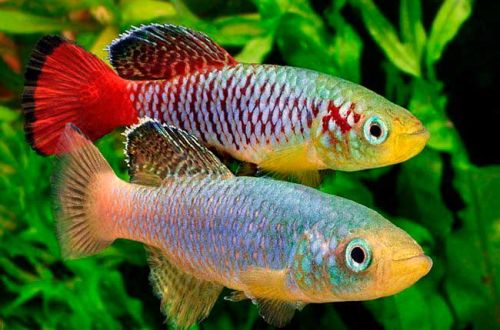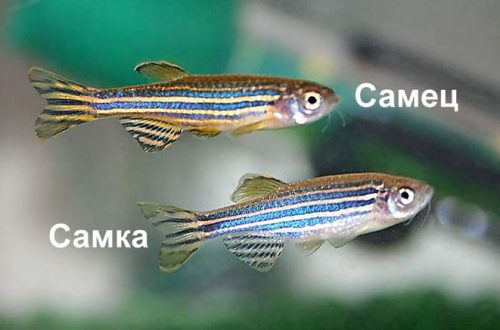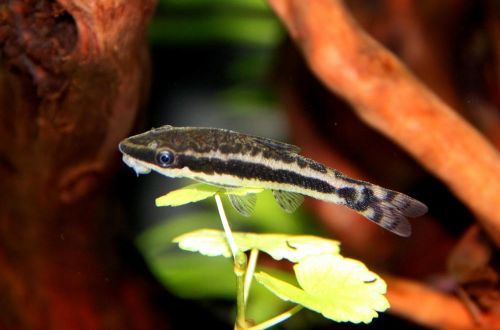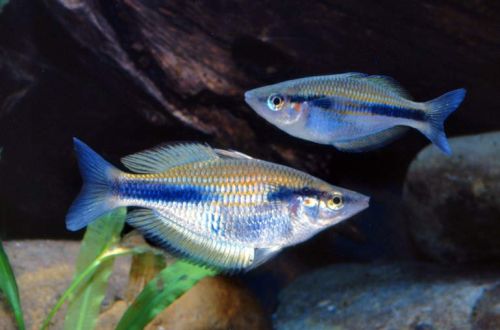
Notobranch Gunther
Günther’s notobranch, scientific name Nothobranchius guentheri, belongs to the family Nothobranchiidae (Notobranchiaceae). The fish is named after its discoverer, German-born British ichthyologist Albert Günther (1830-1914).

Contents
Habitat
Endemic to the island of Zanzibar off the coast of Tanzania in Africa. It inhabits seasonal drying up streams, shallow puddles and other shallow water bodies.
Description
Adult individuals reach a length of about 5 cm. The fish are characterized by pronounced sexual dimorphism. Males have a colorful body color, smoothly turning from yellowish or turquoise (blue) on the head to rich red on the tail. Females, on the other hand, look pale with predominant gray or dull silver hues.
Features
Like most representatives of the genus Nothobranchiidae, Günther’s Nothobranch in the wild lives exclusively during one wet season until the reservoir dries up. Thus, the life expectancy from fry to adult fish reaches up to one year. In an artificial environment, they rarely live more than two years.
Behavior and Compatibility
Males compete with each other for the attention of females. Rivalry sometimes becomes very fierce, for this reason in small aquariums it is recommended to maintain a group composition with a predominance of females.
It is preferable to keep in the company of relatives, as happens in the wild. In spacious tanks, it is permissible to stay with fish of a comparable size.
Brief information:
- The volume of the aquarium – from 40 liters.
- Temperature – 22-25°C
- Value pH — 6.0–7.0
- Water hardness – 4–10 dGH
- Substrate type – soft fibrous
- Lighting – any
- Brackish water – no
- Water movement – little or no
- The size of the fish is about 5 cm.
- Nutrition – any food rich in protein
- Compatibility – in a group of 4-5 individuals
- Life expectancy – no more than 2 years
Maintenance and care, breeding aquariums
It is considered unpretentious and hardy species, not demanding on external conditions. The optimal size of the aquarium for a group of 4-5 fish starts from 40 liters. The design is arbitrary, however, the presence of thickets of aquatic plants and soft fibrous soil, for example, from dense bundles of coconut fibers, is welcome. Such a substrate is necessary for spawning and is convenient when taken out of the aquarium, since the subsequent development of eggs occurs in the air.
Usually, the material with eggs is placed in a container with a lid, placed in a dark place and left in this position for 8-12 weeks. Then the substrate is again immersed in water. After a while, tiny fry emerge from it. Thus, the breeding cycle approximately fits in half a year or more.
The aquarium is equipped with a lid to prevent the fish from accidentally jumping out. Clusters of floating plants near the surface can serve the same purpose.
The minimum list of maintenance procedures consists of weekly replacement of part of the water with stale water and removal of accumulated organic waste. Both procedures are convenient to combine.
Food
In nature, mosquito larvae serve as the basis of the diet. In a home aquarium, if possible, it is also worth using similar food, as well as live or frozen bloodworms, brine shrimp, daphnia. It is acceptable to use dry food.





